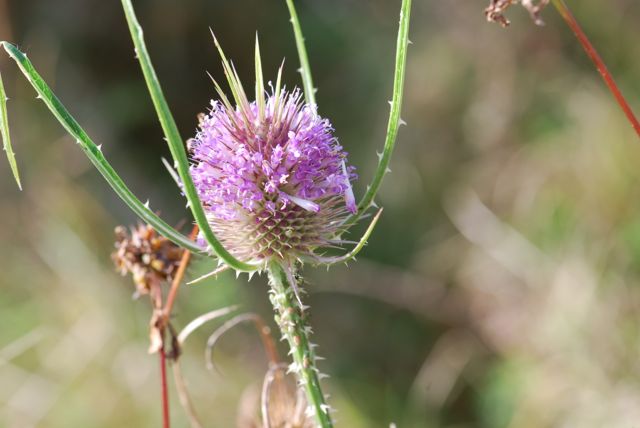Our mystery seeds from last week were from yet another European native, the Deptford pink (Dianthus armeria).
Deptford pinks have become naturalized in North America, where they can be found scattered throughout meadows.
 (Public domain illustration from British Entomology by John Curtis)
(Public domain illustration from British Entomology by John Curtis)
Because the delicate stems and leaves resemble a grass, they are sometimes also called grass pinks.
 (Seed image from last week’s mystery post by Steve Hurst,hosted by the USDA-NRCS PLANTS Database)
(Seed image from last week’s mystery post by Steve Hurst,hosted by the USDA-NRCS PLANTS Database)
The seeds form in seed pods at the tops of stalks. The plants reseed readily.
Aren’t they lovely?
Depending on location, grass pinks may grow as annuals or biennials.
There are a few closely-related species that may resemble each other and grow in similar locales. One is the maiden pink, Dianthus deltoides.
Do Deptford pinks grow where you live?
__________________________________________











